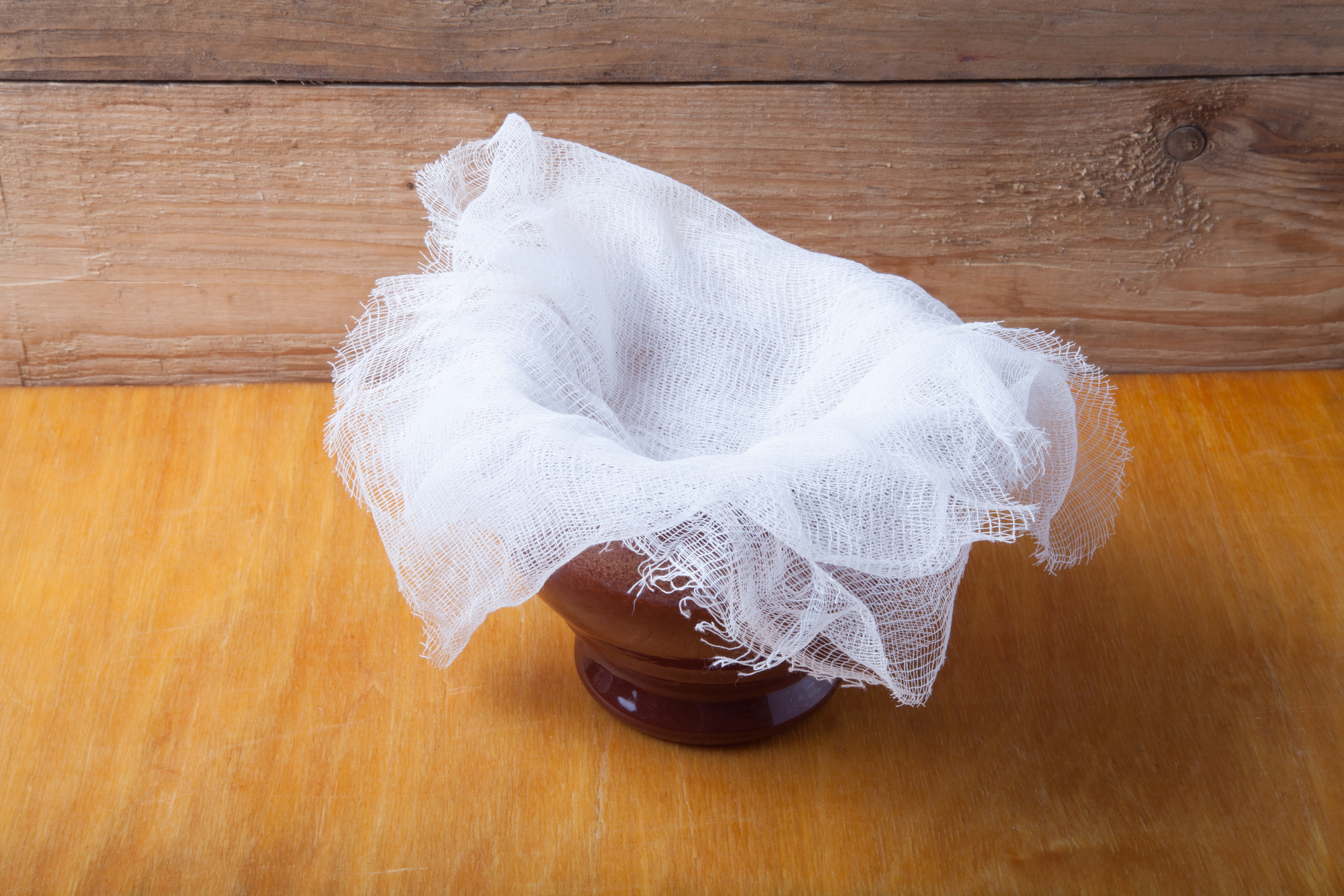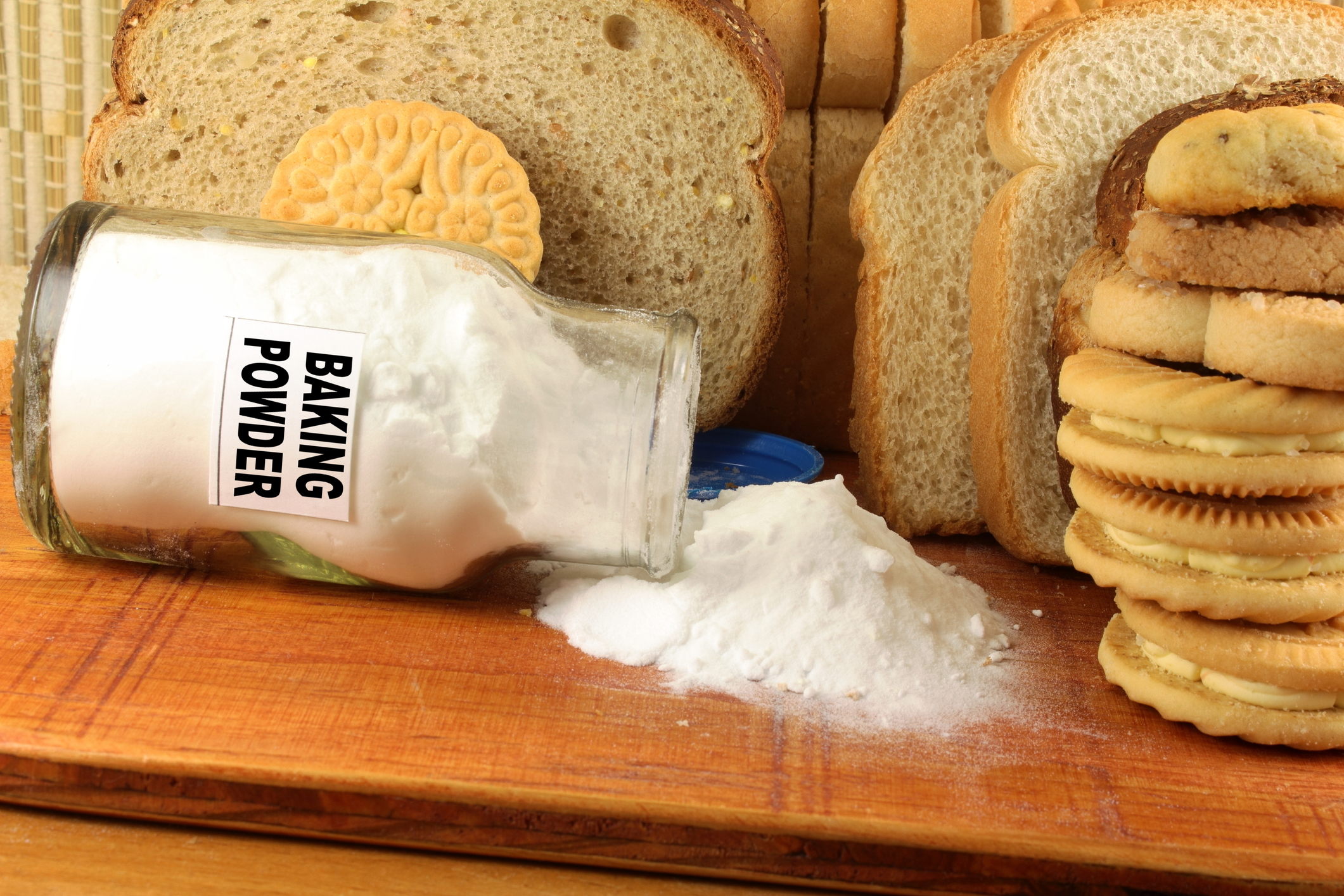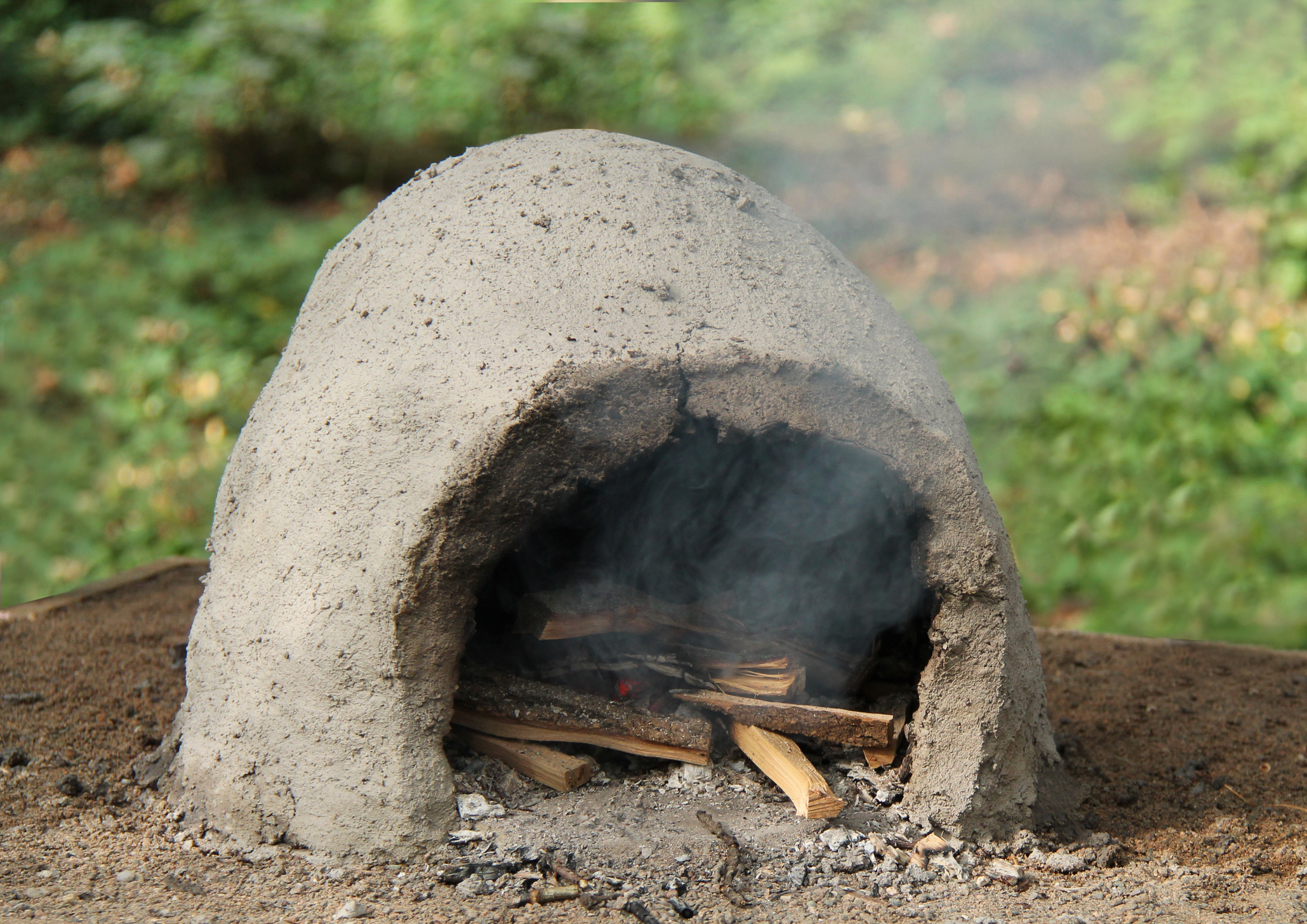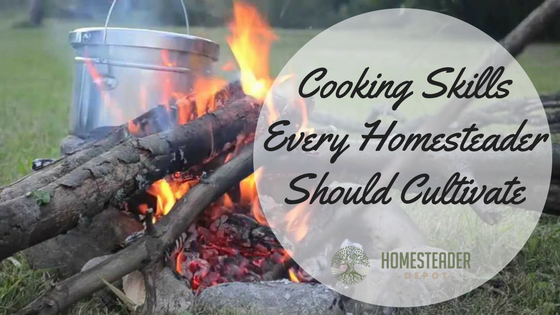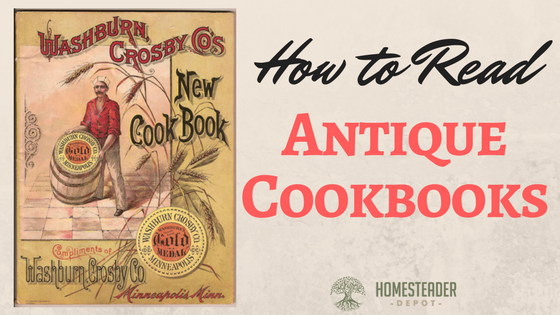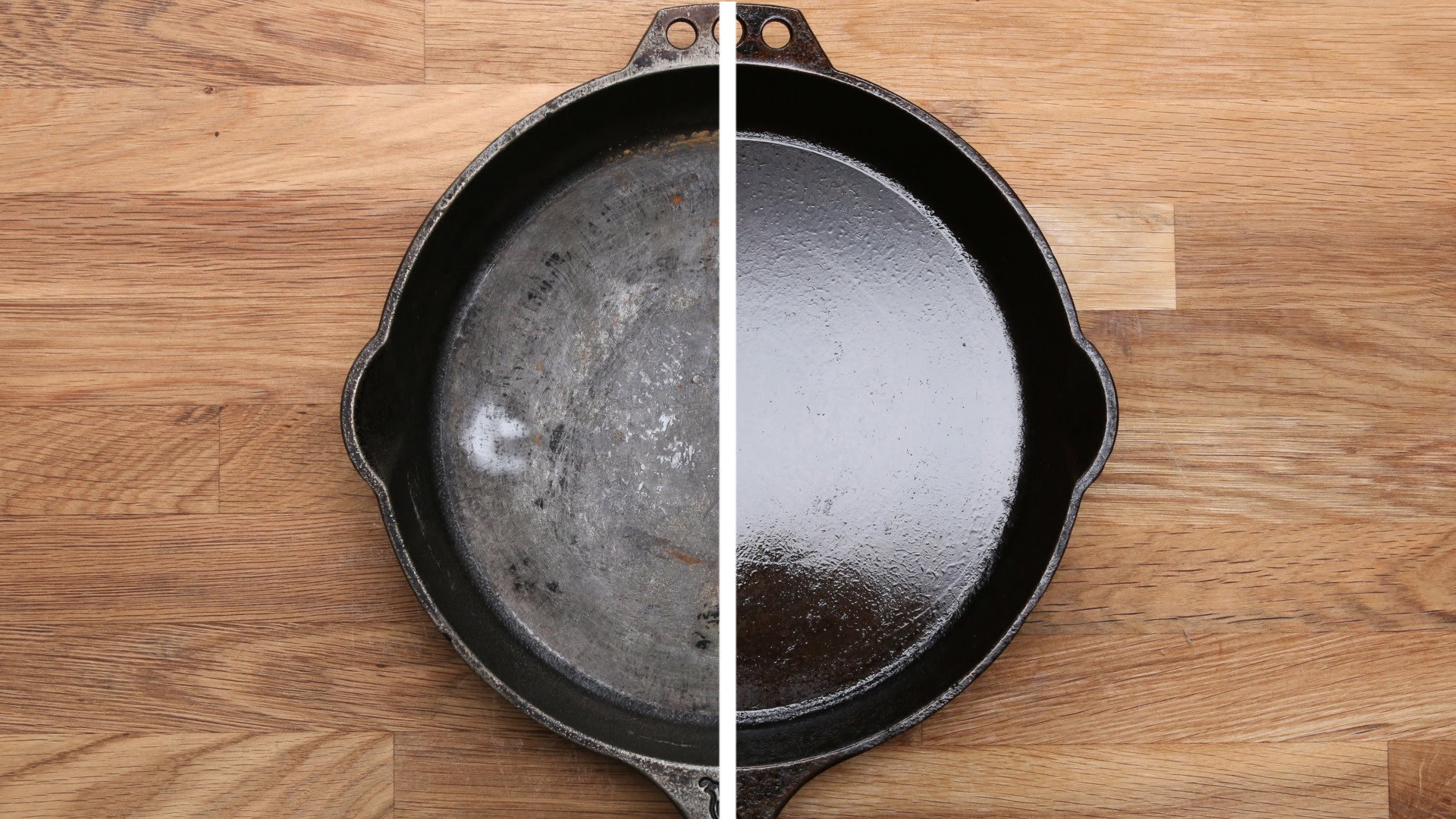7 Clever Uses for Cheesecloth
How much do you know about cheesecloth? This porous cloth was initially designed to help cheesemakers squeeze the liquid out of cheese curds, hence its name. However, it has a number of other uses as well – many of which you probably never considered. Here are seven of these incredibly clever uses for cheesecloth. You’ll … Read more

